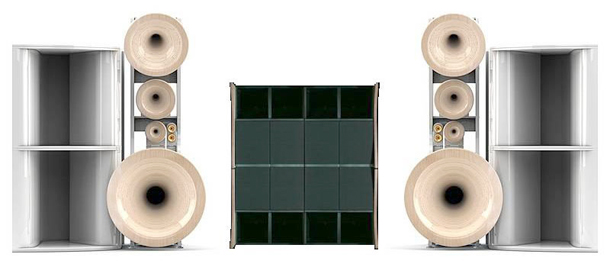There is one problem apparently with push pull valve amplifiers that single ended amplifiers don’t have which was explained to me by someone who has designed his own transformers and valve amplifier. Apparently the metal used in even expensive amplifiers has non linearities in the output transformer B/H curve at low levels, this leads to higher distortion at lower levels similar to crossover distortion in transistor amplifiers. He kindly gave me the design for the transformers but because the metals are not standard the cost for a pair of output transformers is going to be over 1K as there is an MOQ of about 10Kg on the metal, I will probably get some of that back as he has promised to publish the design and the manufacturer has promised to reimburse me if he sells transformers using them. 1K is a lot of wedge for a couple of output transformers but a hobby is a hobby….
So ideally, the SET using valve would need to only use the centre part of the B/H curve of the transformer?
Could this be done in your opinion with a DC control winding that could force the transformer to be re-biased into the centre and still use a single tube/valve. ?
Then if this was "possible" could then design of the transformer with a built in sensor i.e. a Hall Effect Linear device to control the "re-biasing" winding but not follow the audio current and the changing B/H curve ?
This could be done like a DC servo system with good low pass filtering maybe ?
This would also mean the transformer would be smaller maybe?
It would also cost less, shorter winding wire less core maybe?
The control winding could be on one of the legs on a "E Core" with the "Hall" device in the other , thus helping to balance the magnetic field.
The other possible solution is to reverse the winding current in the Tube Anode winding faster, much faster than you maximin frequency so no high frequency is put into the tube or transformer, this I have done on smaller scale.
Using 1:100 transformer made by Sowter I manged to make a detector for low signals in the range of DC-1Hz to listen to the Earths plates. Designed it for a company in Scotland called "Ohm" so I had gain but only noise thermal type from the winding wires.
What are your thoughts? Russel.


